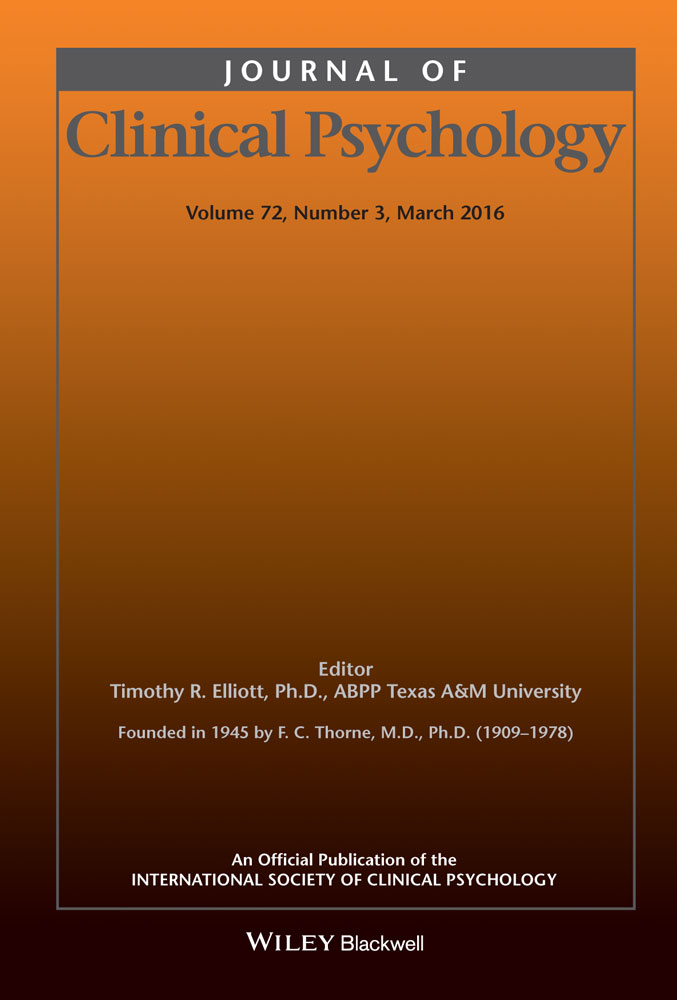Anger Assessment in Clinical and Nonclinical Populations: Further Validation of the State–Trait Anger Expression Inventory-2
We thank Joy Heersma, Ahmet Yazir, Margot van Dalen, and Lucia den Hertog for assisting in the data collection and Ron van Outsem and Ben van de Wetering from Antes Mental Health Care in special for their support and cooperation.
Abstract
Objective
The most commonly used instrument for measuring anger is the State-Trait Anger Expression Inventory-2 (STAXI-2; Spielberger, 1999). This study further examines the validity of the STAXI-2 and compares anger scores between several clinical and nonclinical samples.
Method
Reliability, concurrent, and construct validity were investigated in Dutch undergraduate students (N = 764), a general population sample (N = 1211), and psychiatric outpatients (N = 226).
Results
The results support the reliability and validity of the STAXI-2. Concurrent validity was strong, with meaningful correlations between the STAXI-2 scales and anger-related constructs in both clinical and nonclinical samples. Importantly, patients showed higher experience and expression of anger than the general population sample. Additionally, forensic outpatients with addiction problems reported higher Anger Expression-Out than general psychiatric outpatients.
Conclusion
Our conclusion is that the STAXI-2 is a suitable instrument to measure both the experience and the expression of anger in both general and clinical populations.




